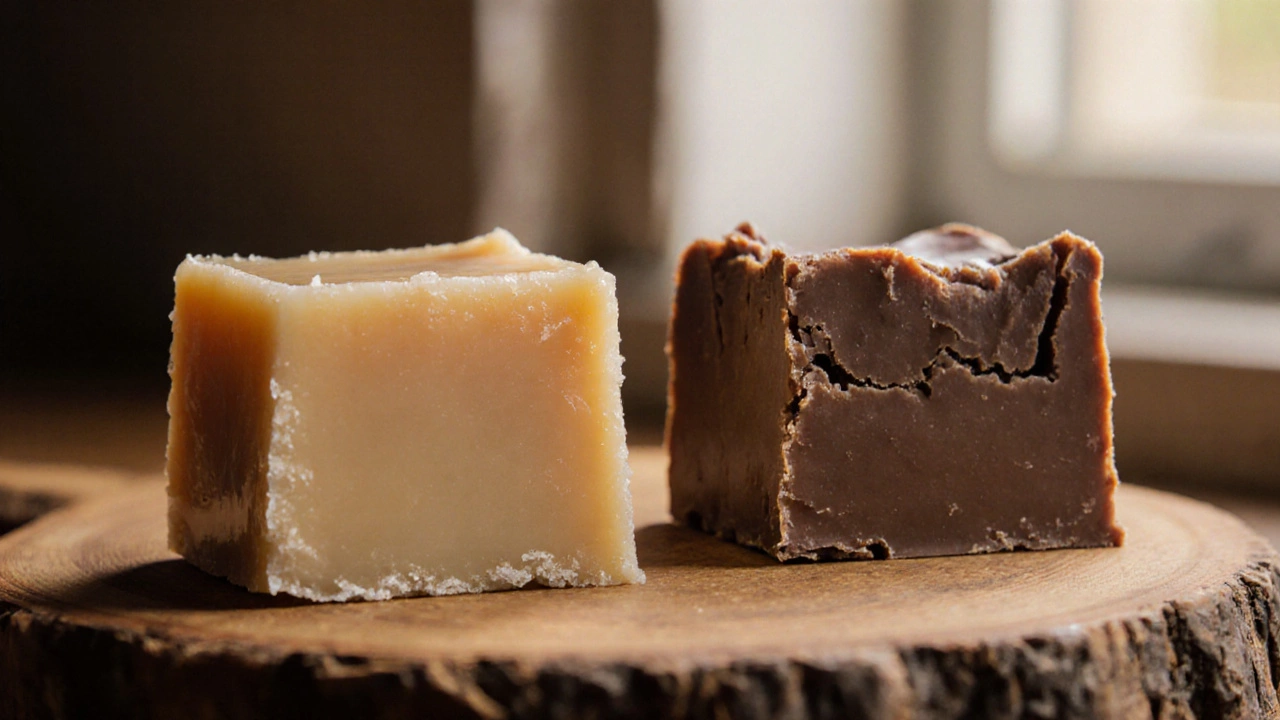
Why Is My Fudge Chewy? Common Causes and How to Fix It
Learn why fudge can turn chewy and how to fix it with clear steps, temperature charts, and troubleshooting tips for perfect smooth fudge every time.
When dealing with fudge troubleshooting, the practice of diagnosing and fixing the everyday issues that turn a perfect batch of fudge into a dry or grainy disappointment. Also known as fudge fixes, it helps bakers rescue a batch before it’s too late. A critical partner in this process is fudge texture, the smooth, creamy mouthfeel that signals a successful fudge, and fudge storage, the methods used to keep fudge fresh, soft, and flavorful over several days. Knowing how these pieces interact lets you avoid the usual pitfalls and finish with a slice that melts on the tongue.
One of the most common complaints is that fudge turns rock‑hard too quickly. The culprit is usually fudge hardening, the process where the sugar‑protein matrix crystallizes faster than intended, making the cake dense and brittle. This happens when the mixture is boiled past the soft‑ball stage, when the cooling environment is too cold, or when the recipe uses too much butter or cocoa that interferes with crystal formation. fudge troubleshooting starts by monitoring temperature with a candy thermometer, pulling the pot off the heat at 234‑240°F (112‑115°C), and stirring vigorously once the mixture reaches that point. Adding a pinch of corn syrup or a splash of cream can also disrupt unwanted crystal growth, keeping the final product pliable.
Even if the fudge reaches the right temperature, the way you beat and cool it can change the outcome. Over‑mixing after the mixture starts to set can trap large sugar crystals, resulting in a grainy mouthfeel. Conversely, stopping too early leaves the fudge too soft and prone to melting on the plate. The goal is to beat just until the surface loses its glossy shine and a thick ribbon forms when you lift the spoon. This stage is also when you can introduce a splash of vanilla or a dash of espresso for flavor depth. For those chasing that velvety melt‑in‑your‑mouth experience, aiming for soft fudge, a slightly cooler final temperature that stays pliable at room temperature is the sweet spot. Let the pan sit uncovered for 10‑15 minutes, then transfer the fudge to a lightly buttered dish to finish cooling.
After you’ve nailed the texture, keeping the fudge fresh is the next challenge. Wrap the block tightly in plastic wrap, then place it in an airtight container. This double‑layer barrier prevents moisture loss, which is the main cause of a hard crust forming on the surface. Store the container in the refrigerator if you live in a hot climate; otherwise, a cool pantry works fine for up to two weeks. For longer keeping, slice the fudge, wrap each piece individually, and freeze. Thaw gently at room temperature and you’ll still enjoy that soft fudge feel. Remember to avoid exposing fudge to strong odors—its buttery base easily absorbs flavors from nearby foods.
With these pointers in mind, you’ll be ready to tackle any fudge mishap that comes your way. Below you’ll find a curated collection of articles that dig deeper into temperature tricks, ingredient swaps, and storage hacks, giving you a toolbox of solutions for every fudge dilemma.

Learn why fudge can turn chewy and how to fix it with clear steps, temperature charts, and troubleshooting tips for perfect smooth fudge every time.